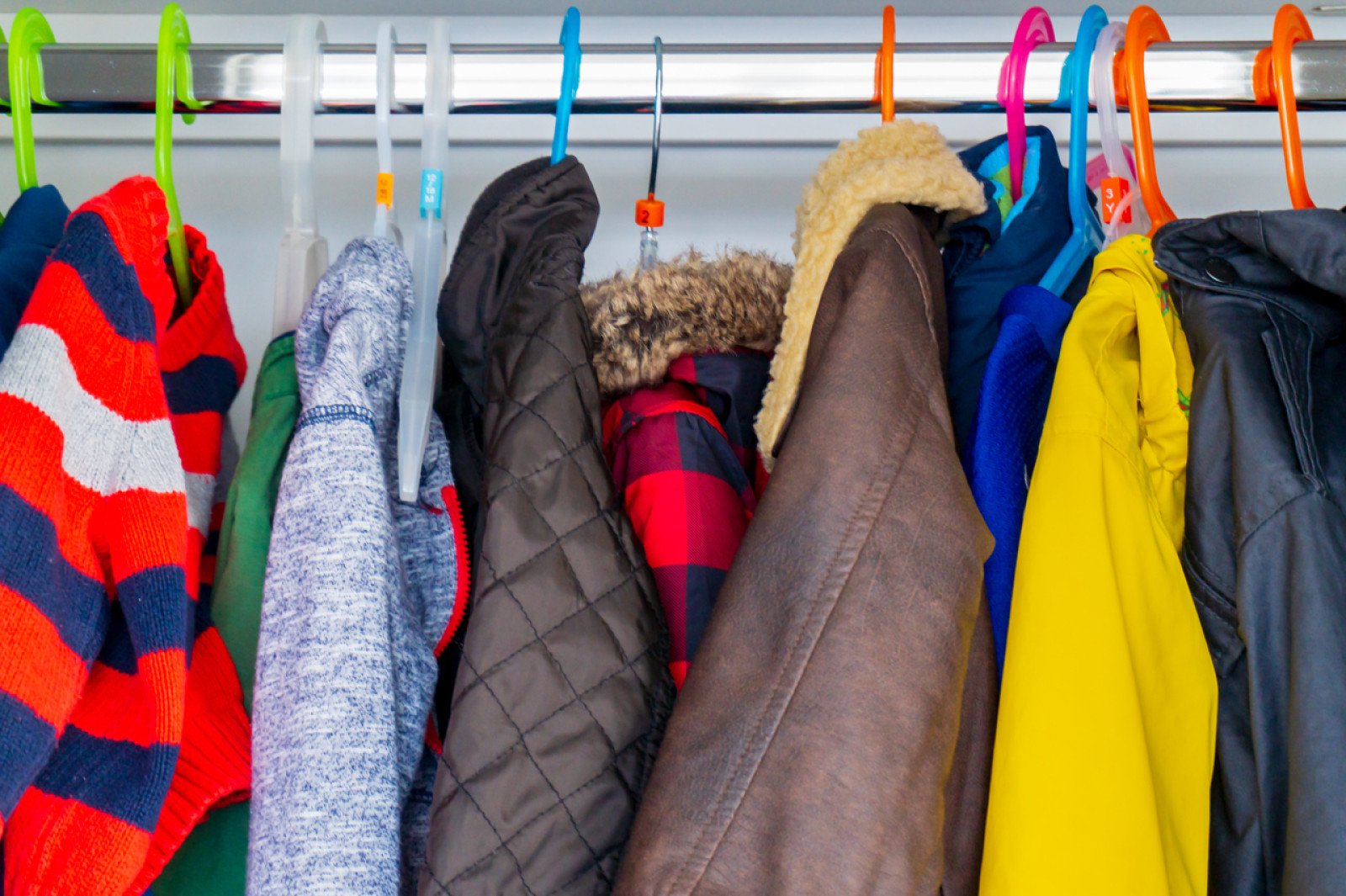
Overview
Play a fun game of true or false and show your answers by running to one side of the area or the other. This game will test students' knowledge on how animals and people can keep warm during the winter.
Instructions
What you'll need
- Outside playground area (preferred) or indoor gym. Space should be approximately the size of a basketball court.
The warm truth
- Explain to your students there are many ways people and animals keep warm in winter. If needed, use examples from the Teaching notes section.
- Get your students ready to go outside or to the gym and power down your classroom to save energy (turn off lights, projector and computer).
- Have the students stand in the middle of the designated area. Explain that you're going to read out a statement and they have to decide if it’s true or false. Tell them if it’s true, they're to run to one side of the area. If it’s false, they run to the other side. Let the students know the answer and explain why. Have the students return to the middle for the next statement.
- Read out the following statements (feel free to add more):
- I can put on a sweater before turning on the heat (T)
- Foxes have feathers to keep them warm (F)
- Running on the spot makes me colder (F)
- Black bears hibernate (go to sleep) in the winter (T)
- Closing the door to the outside keeps heat in my home (T)
- Birds have feathers to keep them warm (T)
- Rabbits have fur to keep them warm (T)
- I can put on a coat outside to keep me warm (T)
- Ask the students if they are warmer after running back and forth.
Modify or extend this activity
- Have the students move as animals in the true or false game.
Curriculum Fit
Kindergarten Physical and Health Education
Big ideas
- Good health comprises physical, mental, and emotional well-being.
Curricular competencies
Physical literacy
- Develop and demonstrate safety, fair play, and leadership in physical activities.
Social and community health
- Develop and demonstrate respectful behaviour when participating in activities with others.
Assessments
- Assess students’ participation and cooperation during the game.
- Assess students’ ability to transfer and apply the classroom learning to the game in the gym/outdoors.
Teaching Notes
Warmth and shelter in winter
Animals, including humans, have a variety of ways to keep warm in winter. Some of these include:
- Insulation: Humans use clothing as insulation, but we also design our buildings with insulation so they stay warm in the winter.
- Heat: We use heat to keep warm in our homes. In B.C., this could be from a variety of different sources like hydro electricity, natural gas or wood. Whatever the source, like food and water, we don't want to waste heat. Ways to winterize your homes, save energy and reduce cost include:
- Weather-stripping,
- Adding extra insulation into the attic,
- Shrink wrapping your windows,
- Turning down the heat at night or when you are out,
- Only heating the rooms you need,
- Using a programmable thermostat,
- Keeping your heat source clear of furniture (so you're not blocking the heat),
- Vacuuming your baseboards
- Closing doors and windows. For more information, check out more ways to save energy.
- Hibernating or migrating: Due to the shorter daylight hours, humans would naturally sleep longer in the winter months, lowering their metabolism and keeping warm in bed.







